Back to Courses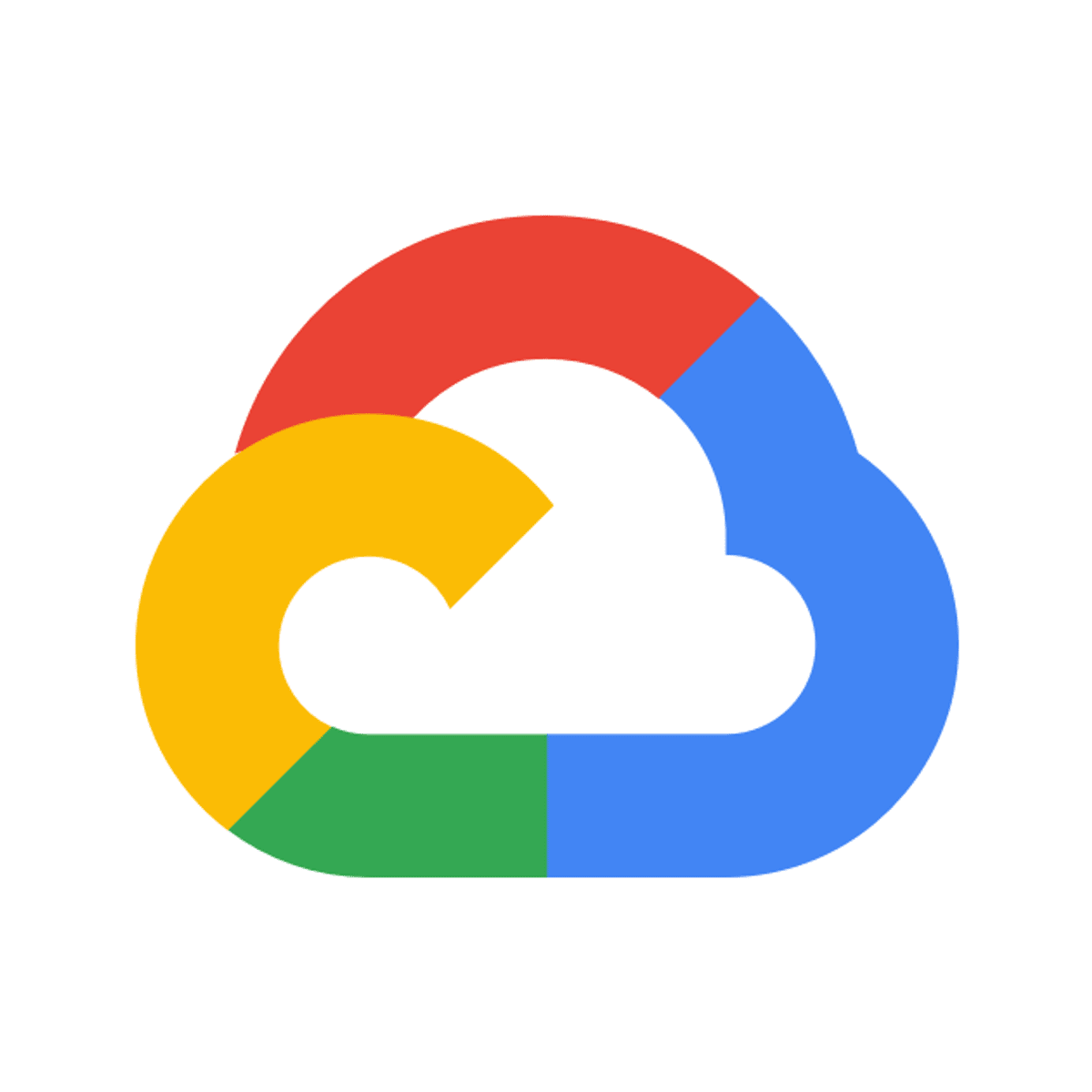
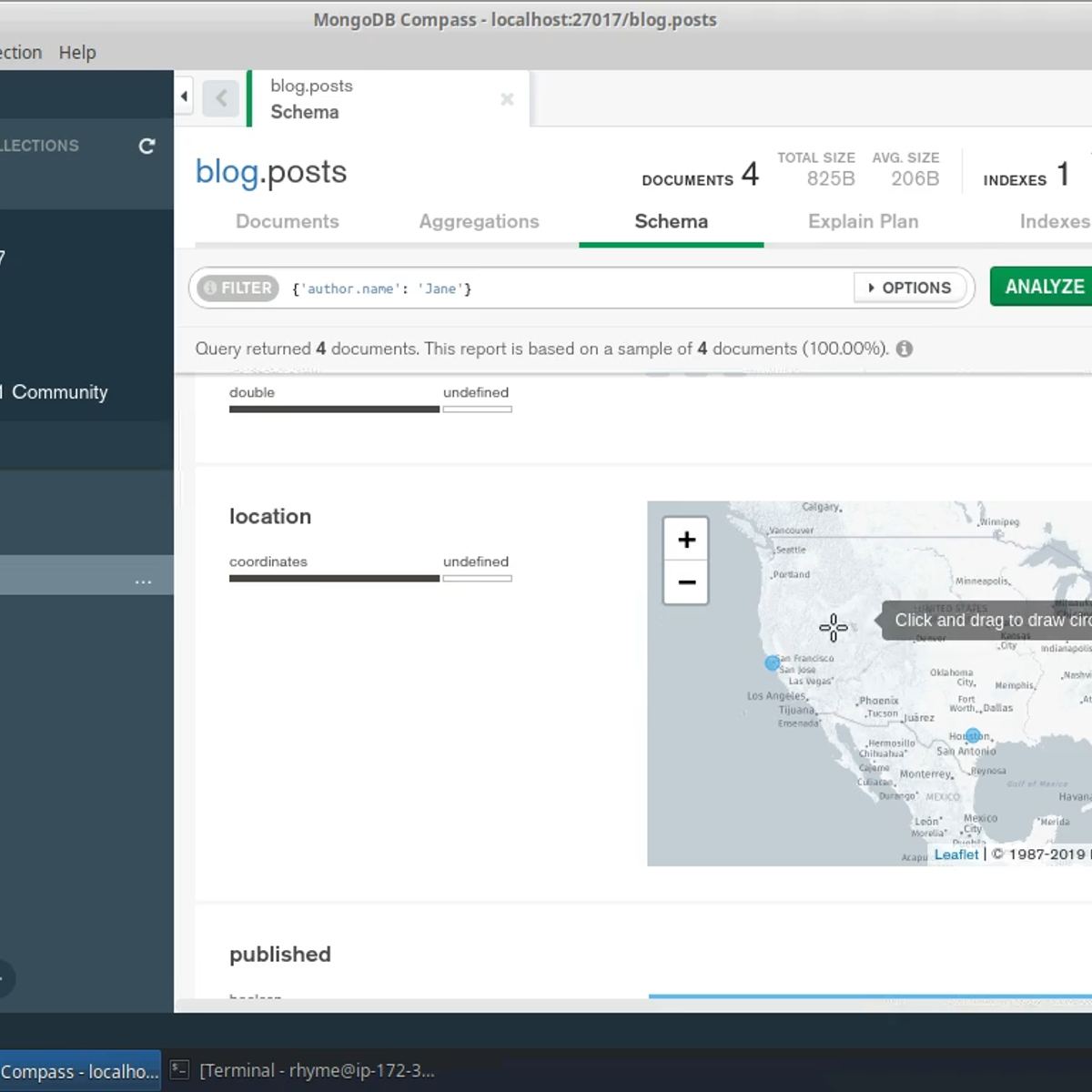

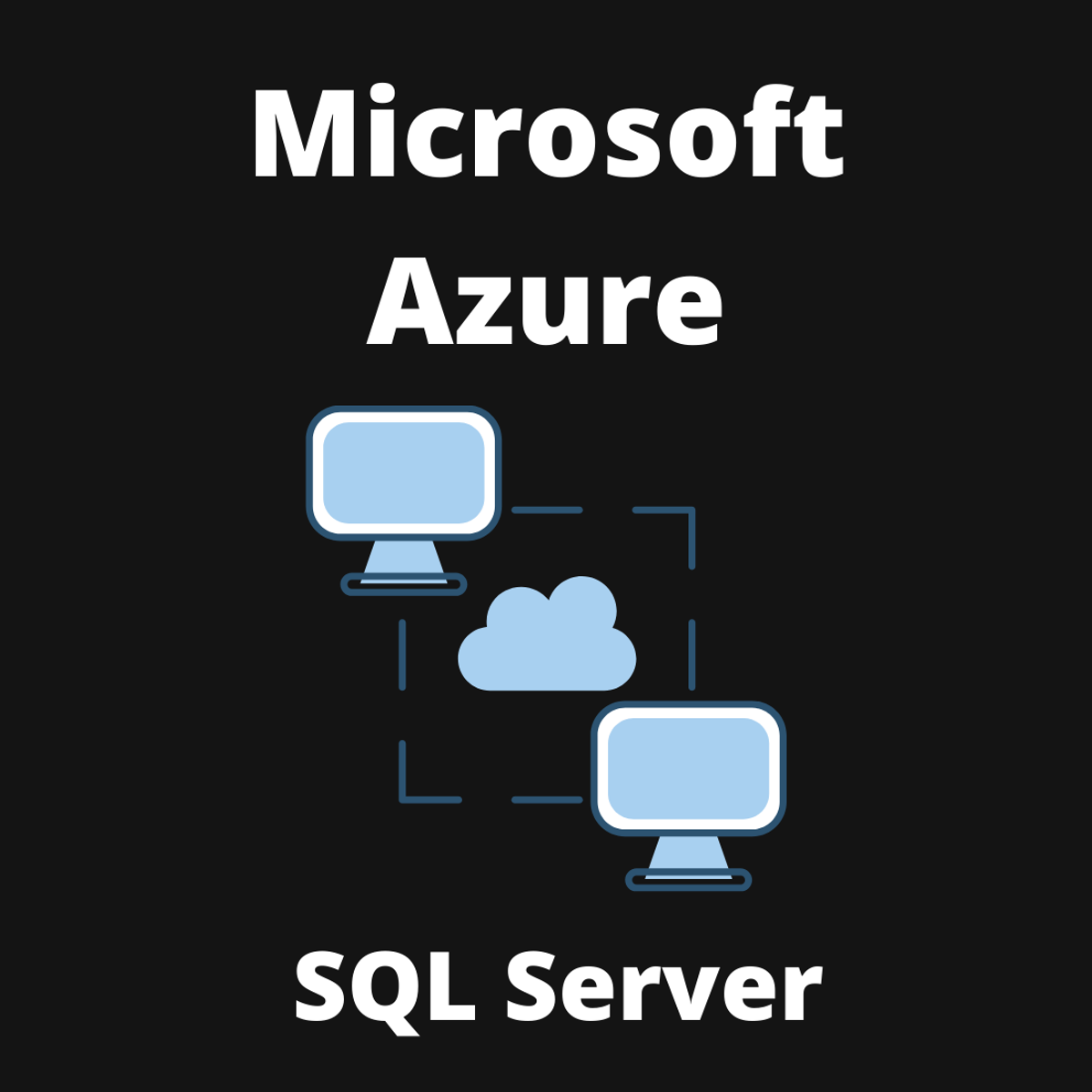



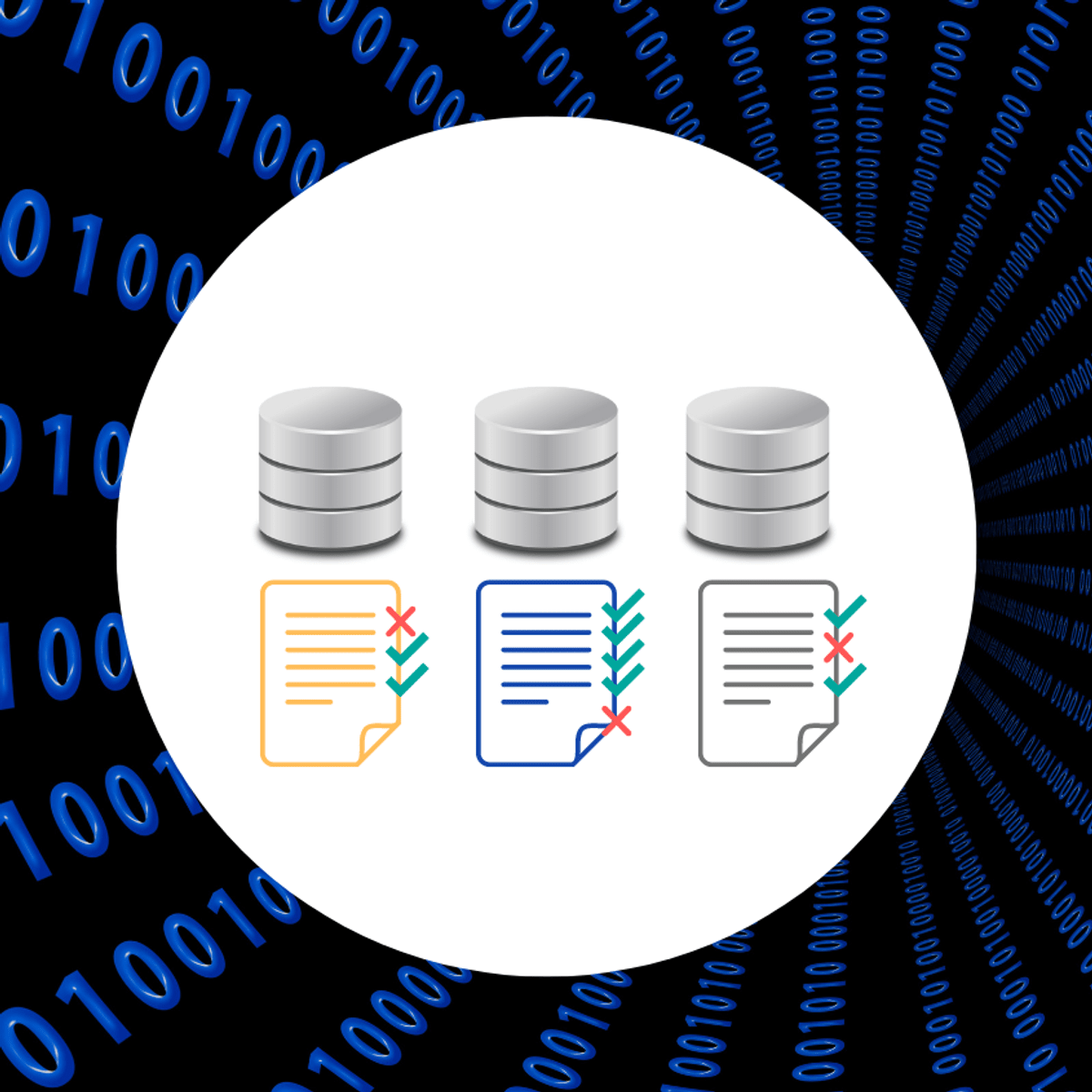
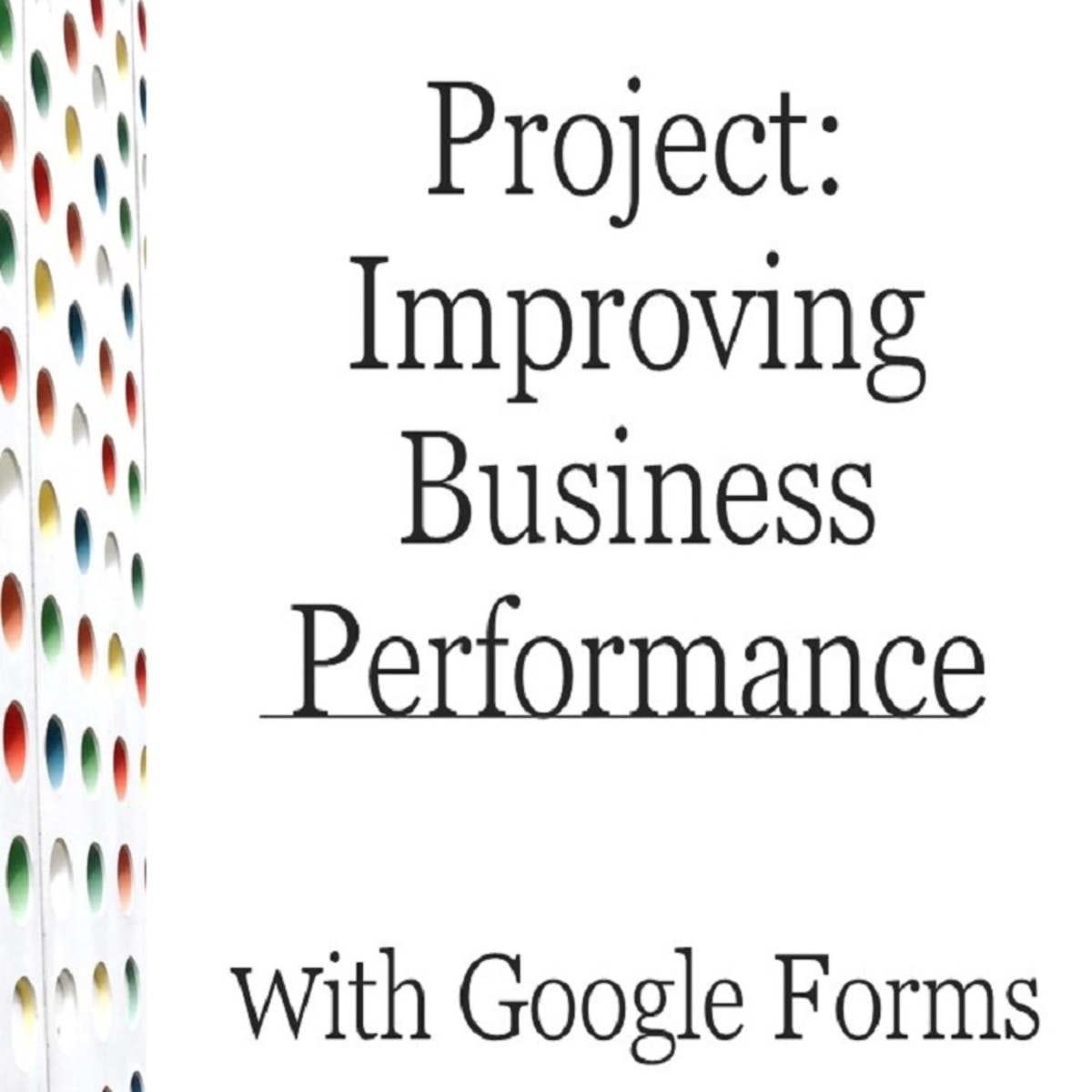

Data Management Courses - Page 16
Showing results 151-160 of 399

Cloud Monitoring: Qwik Start
This is a self-paced lab that takes place in the Google Cloud console. This lab shows you how to monitor a Google Compute Engine virtual machine (VM) instance with Cloud Monitoring. Watch the short videos Monitor Health of All Your Cloud Apps with Google Cloud monitoring and Monitor a VM Instance with Cloud monitoring, GCP Essentials.

Create Your First NoSQL Database with MongoDB and Compass
In this Guided Project you will create a MongoDB database and collection to store blog posts, and optimize it using indexes, while having an overview of some of the basic commands, in order to learn the basics of NoSQL document databases structure, the MongoDB shell and the usage of the powerful MongoDB Compass GUI to manage, inspect and optimize a MongoDB database.
NoSQL is an alternative to traditional relational databases. NoSQL databases sacrifice some relational databases characteristics, such as a well-defined structure and strict relations between entities, in order to achieve better and easier scaling and replication, to handle large quantities of data, while being more generally flexible, cheaper and easier to manage. Instead of using tables, rows and columns, NoSQL document databases such as MongoDB use collections, documents and fields, represented with the well known JSON format.
Note: This course works best for learners who are based in the North America region. We’re currently working on providing the same experience in other regions.

Build a Full Stack App using React and Express
By the end of this project, you will create a full stack web application using React on the front end and Express along with MongoDB and Node.js on the back end.
Creating a full stack web application with React and Express allows the developer to use JavaScript throughout the stack. Express provides an API that simplifies the interaction with the Node.js server.

Hosting SQL Server & Database with Azure
In this guided project, you will host a SQL server and database with Azure and use the Microsoft SQL server management studio to connect to the SQL server. We will also explore different SQL database deployment and pricing options. By the end of this project, you will be confident in hosting an SQL database on an SQL Server on Azure.
In order to complete this project successfully, you need an Azure account. If you do not have an Azure account, you will be prompted to create one in the project.

Migrating On-premises MySQL Using a Continuous Database Migration Service Job
This is a self-paced lab that takes place in the Google Cloud console.
In this lab, you migrate an on-premises MySQL database (running on a virtual machine) to Cloud SQL for MySQL using a continuous Database Migration Service job and VPC peering for connectivity. After you create and run the migration job, you confirm that an initial copy of your database has been successfully migrated to your Cloud SQL for MySQL instance. Then, you explore how continuous migration jobs continue to apply data updates from your source database to your Cloud SQL instance until you choose to complete the job. To conclude the migration job, you promote the Cloud SQL instance to be a new standalone database for reading and writing data.

Use C# to Process XML Data
By the end of this project, you will Use C# to process XML data in a C# program. XML is an eXtensible Markup Language used to transport data across the internet for display or other processing. It provides a standard format so data may be validated as well. C#, like other languages, contains classes to read and validate XML documents.

Looker Developer - Qwik Start
This is a Google Cloud Self-Paced Lab. In this lab, you will learn about the fundamental LookML structures, create a view, and join the new view to an existing explore.

Choose Azure SQL Database Service Tier that Suits Your Needs
Which PaaS (Platform as a Service) should you use to create business applications much more quickly than with on-site solutions? Which database engine fits your performance needs? Moreover, which purchasing model should you consider? These questions and more will be answered within this Guided Project.
In this intermediate-level guided project, you will create a resource group, a new SQL Server, and 3 Azure SQL databases using various purchasing models. Various queries will be run against the databases and the performance of each database will be monitored. At the end of the project, you will get an overview of each option available which will help you choose the right one based on your business needs.
The requirement for this project is having a free and active Azure account and an active Azure subscription. You will be provided instructions on how to obtain these requirements within the first task.

Improve Business Performance with Google Forms
By the end of this project, you will create and execute a customer satisfaction survey using Google Forms, and then analyze the form responses. Creating your survey will depend on what your company wants to analyze. Are customers satisfied with the products offered? Or, are customers satisfied with the services offered? You have the option of deciding the specifics of the survey based on your company’s needs. In this course, you will create a survey to determine if customers are satisfied with the services of an appliance repair company. Once you have created and collected your survey responses, you will analyze the results using graphs provided by the Google form. Graphs are a great visual tool that allows you to quickly see different trends occurring within your business, instead of having to shuffle through pages of a report. In this project, your graph will visually show you customer satisfaction ratings. Creating a survey gives you the ability to review customer feedback, and allows you to more accurately adjust your business practices to fit the needs of your customers. Doing so will help your company improve products and/or services for increased customer satisfaction, and in the long run, increase your business’s bottom line.
Note: This course works best for learners who are based in the North America region. We’re currently working on providing the same experience in other regions.

Automate Validation using the Data Validation Tool (DVT)
This is a self-paced lab that takes place in the Google Cloud console. Data validation is a critical step in data warehouse, database, or data lake migration.
DVT prints results in the command line interface by default, but can also write results to BigQuery. It is recommended to use BigQuery as a report handler to store and analyze the output.
Popular Internships and Jobs by Categories
Browse
© 2024 BoostGrad | All rights reserved


